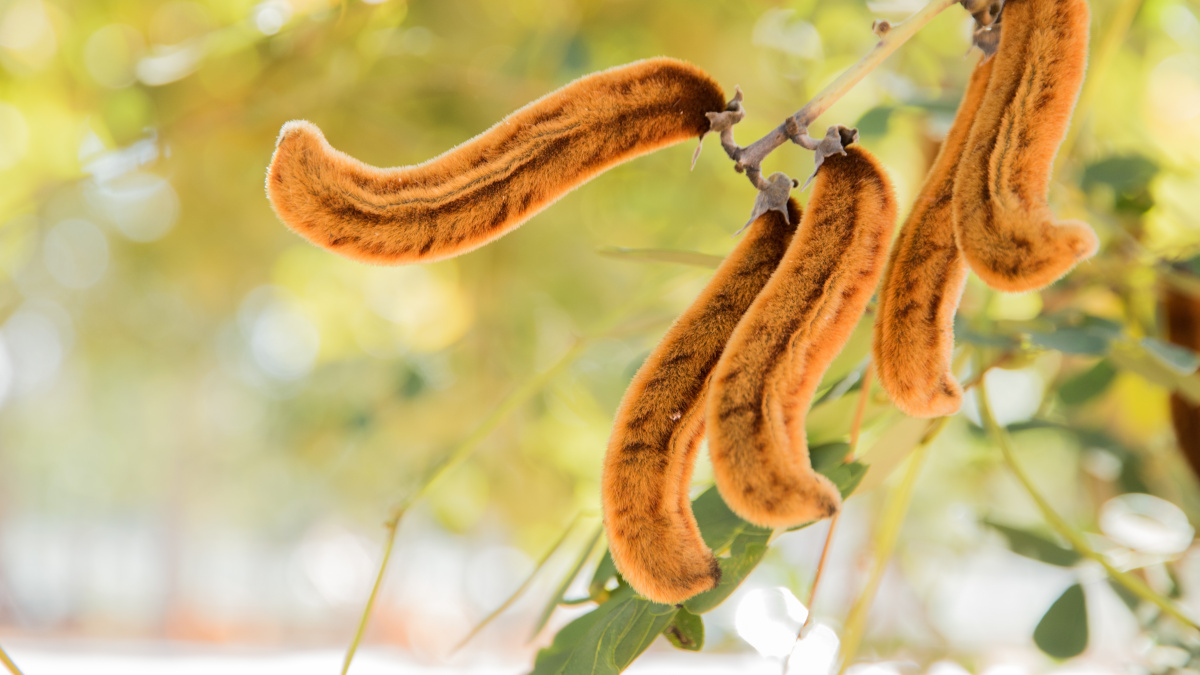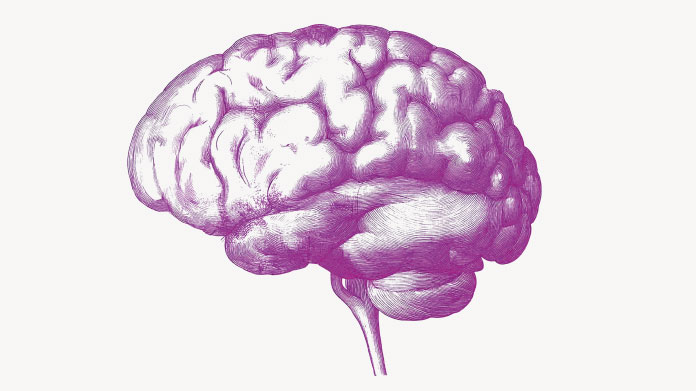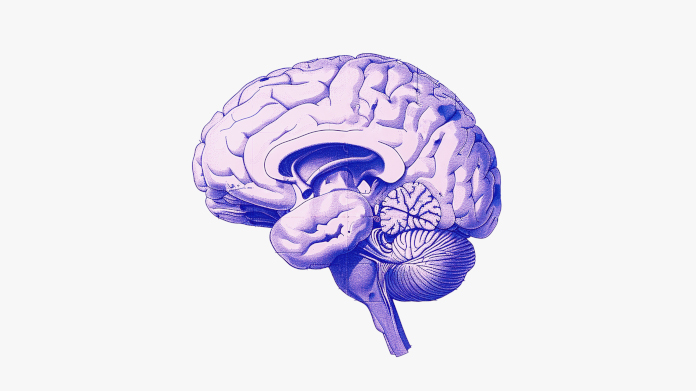The benefits of Mucuna pruriens (for the nervous system, reproductive health...)
Mucuna pruriens, also known as velvet bean, is a distinctive climbing plant with downy seedpods and a wealth of beneficial properties. Spotlight on this health-promoting super-plant.

Mucuna pruriens: an Ayurvedic plant used for thousands of years
A vigorous legume, velvet bean is an invasive vine native to tropical regions. It is recognisable by the yellowy-brown hairy pods which encase the plant’s beans. The populations who first encountered these beans were quick to study and consume them.
In Sanskrit, Mucuna pruriens is known as Atmagupta and is considered to be an important plant in Ayurveda. This age-old system of traditional Indian medicine is a key source of inspiration for Western naturopathy, a natural approach to health care which has become increasingly popular over recent decades.
So it is that cowhage (another name for velvet bean) has been used by humans in many ways for thousands of years. Some of its effects are still being investigated today by those studying nutrition and medicine.
Composition of Mucuna pruriens: a plant rich in L-dopa
It was in 1937 that an Indian scientist, who was analysing the plant’s effects on the body to understand its traditional use in Ayurveda, succeeded in identifying one of its most important active ingredients. We now know that velvet bean’s efficacy is primarily due to its high concentration in L-dopa, the dopamine precursor, (with levels of between 3% and 7%) (1).
As you’re no doubt aware, dopamine is one of the ‘happy hormones’ secreted by the hypothalamus (2). Our bodies produce it, for example, during exercise, when we eat chocolate ... and during sex.
Velvet bean also contains a number of molecules which maximise the effects of this active ingredient.
These include inhibitors of dopa-decarboxylase, which prevent the peripheral conversion of L-dopa without impairing its central conversion to dopamine. Mucuna pruriens also contains specific alkaloids such as prurienine, prurieninine and prurienidine.
Last but not least, this legume contains proteins, oleic acid, linoleic acid and palmitic acid, NADH, coenzyme Q10 and sterols (3).
Velvet bean’s various health benefits
With all these beneficial compounds, velvet bean thus helps to:
- maintain the nervous system(4-6);
- support the immune system (7-9);
- maintain good reproductive health (it participates in converting the hormone prolactin, increasing male fertility, supporting women through menstruation and the menopause, etc.) (10-13) ;
- support carbohydrate metabolism;
- and it has antioxidant effects.
Mucuna pruriens: available forms and dosage
The intake generally recommended is between 300 and 2000mg of velvet bean a day, standardised to 15% L-dopa. It is available in the form of a powder for mixing into a drink.
To control your intake more accurately, you can also take pre-dosed vegetarian capsules (such as the product Mucuna pruriens, a formulation which provides a significant 2000mg of Mucuna pruriens extract per daily dose, standardised to 15% L-dopa).
Other Mucuna pruriens supplements worth considering
Velvet bean also features in certain synergistic formulations. One such product is Natural Anti Prolactin Support, a supplement rich in Mucuna pruriens, included here primarily for its role in converting prolactin. This natural supplement also contains maca root, extract of American ginseng, etc.
It is also one of the ingredients in Prosexual Booster Formula, which along with Mucuna pruriens extract, contains fenugreek as well as arginine and citrulline, two amino acids popular with athletes.
References
- SIDDHURAJU, Perumal et BECKER, Klaus. Rapid reversed-phase high performance liquid chromatographic method for the quantification of L-Dopa (L-3, 4-dihydroxyphenylalanine), non-methylated and methylated tetrahydroisoquinoline compounds from Mucuna beans. Food chemistry, 2001, vol. 72, no 3, p. 389-394.
- SIDDHURAJU, Perumal et BECKER, Klaus. Rapid reversed-phase high performance liquid chromatographic method for the quantification of L-Dopa (L-3, 4-dihydroxyphenylalanine), non-methylated and methylated tetrahydroisoquinoline compounds from Mucuna beans. Food chemistry, 2001, vol. 72, no 3, p. 389-394.
- AGBAFOR, K. N. et NWACHUKWU, N. Phytochemical analysis and antioxidant property of leaf extracts of Vitex doniana and Mucuna pruriens. Biochemistry Research International, 2011, vol. 2011.
- Champatisingh D, Sahu PK, Pal A, Nanda GS. Anticataleptic and antiepileptic activity of ethanolic extract of leaves of Mucuna pruriens: A study on role of dopaminergic system in epilepsy in albino rats. Indian J Pharmacol. 2011;43(2):197-199. doi:10.4103/0253-7613.77368
- Cilia R, Laguna J, Cassani E, et al. Mucuna pruriens in Parkinson disease: A double-blind, randomized, controlled, crossover study. Neurology. 2017;89(5):432-438. doi:10.1212/WNL.0000000000004175
- HORNYKIEWICZ, Oleh. Dopamine (3-hydroxytyramine) and brain function. Pharmacological reviews, 1966, vol. 18, no 2, p. 925-964.
- MALLURWAR, V. R., JOHARAPURKAR, A. J., et DURAGKAR, N. J. Studies on immunomodulatory activity of Mucuna pruriens. INDIAN JOURNAL OF PHARMACEUTICAL EDUCATION AND RESEARCH, 2006, vol. 40, no 3, p. 205.
- MUSTHAFA, Mohamed Saiyad, ASGARI, Syed Mohideen, KURIAN, Amitha, et al.Protective efficacy of Mucuna pruriens (L.) seed meal enriched diet on growth performance, innate immunity, and disease resistance in Oreochromis mossambicus against Aeromonas hydrophila. Fish & shellfish immunology, 2018, vol. 75, p. 374-380.
- EZE, James Ifeanyichukwu et NDUKWE, Sunday. Effect of methanolic extract of Mucuna pruriens seed on the immune response of mice. Comparative Clinical Pathology, 2012, vol. 21, no 6, p. 1343-1347.
- MUTHU, Krishnamoorthy et KRISHNAMOORTHY, P. Evaluation of androgenic activity of Mucuna pruriens in male rats. African Journal of Biotechnology, 2011, vol. 10, no 66, p. 15017-15019.
- KREUTZ, Serge. Scientific proof for the libido effect of L-dopa (mucuna pruriens).
- SHUKLA, Kamla Kant, MAHDI, Abbas Ali, AHMAD, Mohammad Kaleem, et al.Mucuna pruriens improves male fertility by its action on the hypothalamus–pituitary–gonadal axis. Fertility and sterility, 2009, vol. 92, no 6, p. 1934-1940.
- NOAH, Ojo Temitope, CHINWE, Gbotolorun Stella, et AYODELE, Oremosu Ademola. Fertility Enhancing Potential of Mucuna pruriens Seeds in Female Sprague-dawley Rats. Journal of Advances in Medicine and Medical Research, 2014, p. 3148-3157.
Keywords
56 Days
Very happy with the order and the…
Very happy with the order and the prompt team's response to an identified issue with my order.
KUQI Fatmir
63 Days
15 + years as a customer
I have been using their products for over 15 years as I find both the quality and pricing excellent.
Del Chandler
65 Days
Good quick delivery
Good quick delivery
Timothy O Shea
66 Days
Good service
Good communication following order. Product came within the time frame and was well packaged. The only confusing thing I found was in checking out. For some reason it is not clear how to do so and the current system should be improved.
Joe O Leary
75 Days
Simple and fast.
Simple and fast.
Nina
76 Days
Great product was definitely what is…
Great product was definitely what is says and arrived on without issue
customer
82 Days
I love reading those product facts on…
I love reading those product facts on Supersmart.com. Effective health products making permanent changes to my blood-work results and testes. However, I also have to order capsules from other websites.
NORDGULEN Olav
84 Days
Great products
Great products Very easy to choose, to order… and to get at home
Federica mastrojanni
87 Days
Service rapide et bons produits
Service rapide et bons produits
customer
88 Days
Good products and fast delivery
Good products and fast delivery
Trusted
93 Days
Does what it says on the can
I believe in this product Made to highest standard The ordering process is straightforward Delivery time prompt Excellent product, excellent service Happy customer ❤️
Sheba Kelleher
98 Days
Excellents produits
Excellents produits. Rien à dire si ce n'est qu'ils sont très chèrs.
MJS_France
100 Days
Very good supplement
Very good supplement
Glaveash
101 Days
Supersmart supplements are really…effective
Supersmart supplements are really effective and have helped me and family members and friends to improve their health including some of us with severe health problems including some with no existing medical treatment.
Anne Georget
103 Days
SuperBig Supersmart
SuperBig Supersmart
Pierre



